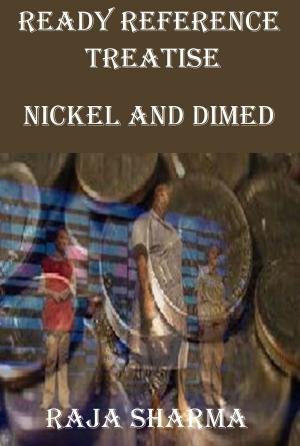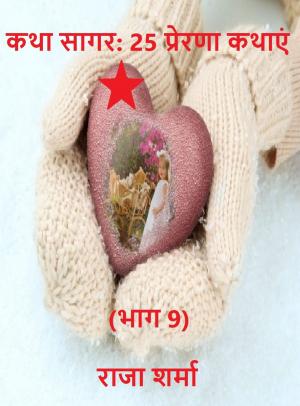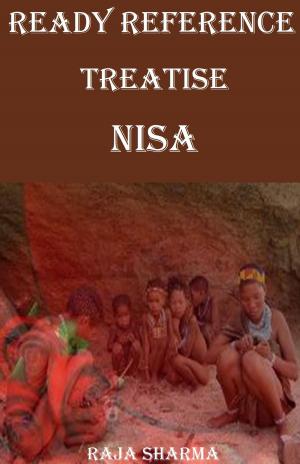Literature Help: Love Medicine
Nonfiction, Reference & Language, Study Aids, Fiction & Literature, Classics| Author: | Students' Academy | ISBN: | 9781311077318 |
| Publisher: | Raja Sharma | Publication: | April 27, 2014 |
| Imprint: | Smashwords Edition | Language: | English |
| Author: | Students' Academy |
| ISBN: | 9781311077318 |
| Publisher: | Raja Sharma |
| Publication: | April 27, 2014 |
| Imprint: | Smashwords Edition |
| Language: | English |
The novel “Love Medicine” opens with the scene of a death. June Morrissey freezes to death while she happens to be on her way home to the reservation. June dies as the novel opens; her figure continues to hold the novel together.
Likewise, there is a love triangle among Lulu, Maris, and Nector. It kind of works as a link among the narratives. The love triangle is, however, not a persistent theme in the novel.
The theme of homecoming is also very significant in the novel. The storytelling effect of the novel is enhanced by the use of multiple themes.
Some of the significant themes in the novel are abandonment, tricksters, connection to land, search for identity, survival, and self-knowledge.
Literature Help: Love Medicine
Copyright
Chapter One: Introduction
Chapter Two: Plot Summary
Chapter Three: Characters
Chapter Four: Complete Summary
Chapter Five: Thematic Analysis
The novel “Love Medicine” opens with the scene of a death. June Morrissey freezes to death while she happens to be on her way home to the reservation. June dies as the novel opens; her figure continues to hold the novel together.
Likewise, there is a love triangle among Lulu, Maris, and Nector. It kind of works as a link among the narratives. The love triangle is, however, not a persistent theme in the novel.
The theme of homecoming is also very significant in the novel. The storytelling effect of the novel is enhanced by the use of multiple themes.
Some of the significant themes in the novel are abandonment, tricksters, connection to land, search for identity, survival, and self-knowledge.
Literature Help: Love Medicine
Copyright
Chapter One: Introduction
Chapter Two: Plot Summary
Chapter Three: Characters
Chapter Four: Complete Summary
Chapter Five: Thematic Analysis















